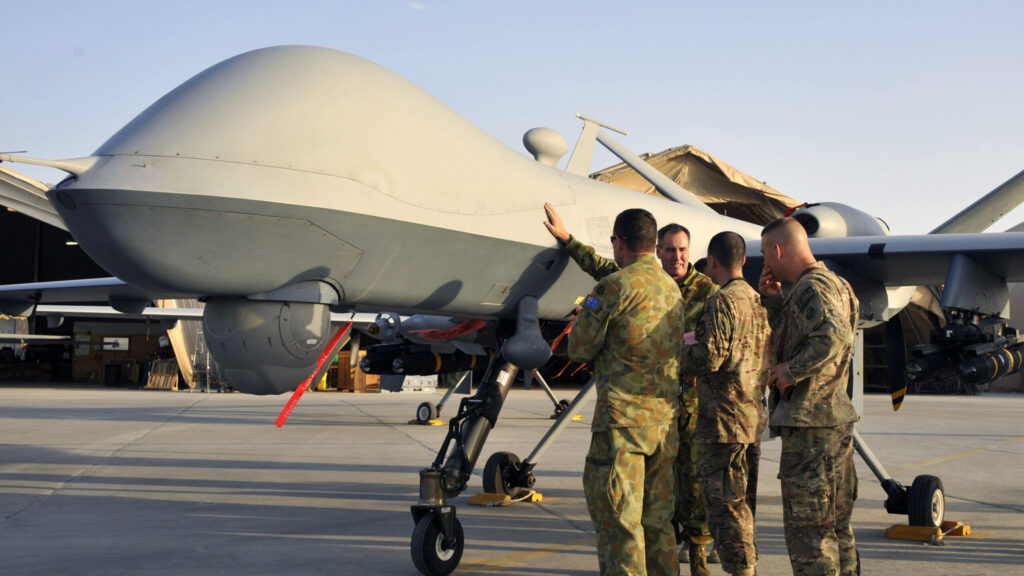The additional capability wasn't enough to stop Australia from cancelling. The reality is that non-stealthy drones have little value in the current threat environment and if we wanted drones to simply monitor the coasts and the Arctic, we should have bought something larger (more icing conditions capable) and given it to the Coast Guards.
If this is to be believed, it was due to funding commitments to the Australian Signals Directorate, not capability:
"Basically we have a five-and-a-half billion dollar budget provision, including about $3 billion spent to date, and potential costs within that envelope. So taxpayers will be up for five-and-a-half billion dollars and submarines that don't exist?" asked Sen. Penny Wong.

breakingdefense.com
The Aussies are also developing the Ghost Bat with Boeing, and will be operating the MQ-4C Triton.
As for us, the mission for the RPAS project (which became the MQ-9B) wasn’t just domestic surveillance. Expeditionary strike was one of the required mission sets, which took the Global Hawk, etc out of the running.
Would have loved to see a purchase of the Mojave to actually provide real surveillance, reconnaissance and light attack at the Brigade/Division level. And then leave the main air force to focus on much larger UAS for Strat level work. But like so many things, we can't seem to address the Hi-Lo bifurcation of a lot of technology and get stuck with the mushy middle.
The MQ-1C Mojave isn’t all that different than the MQ-9B in terms of size and role. The Mojave works in the US because the US Army also has a very large aviation domain, but the main differences (from wiki at least) are strengthened landing gear and modified wings for STOL. Maybe fuel too? I don’t think we’ll opt for it but the MQ-9B is also being trialled in a STOL-wing configuration.
All that to say that for the RCAF and other smaller air forces, getting the Mojave vs the MQ-9B isn’t materially that different for the use case.
Also, at some point, we'll have to discuss incorporating CCAs into the mix with the F-35s and AEWs. Either way, the real value of the Sky Guardians, as I see it, is simply experience with operating MALE UAS and learning how to incorporate them into ops. But in terms of actual utility with the types of conflicts we deploy to today? Questionable.
Spitballing here, but things like the MQ-9B still work as ISR platforms (with various sensors) and being missile trucks for things like F-35 or other 5th-gen fighters. I don’t see them deploying by themselves into a near-peer shooting war.
Either way, those types of UAS won’t neatly fit into the current mental model of “fighter/attack vs surveillance vs other” mission set - we (militaries writ large) have used them as attack platforms because they fire things at things that don’t fire back, but I suspect it won’t be that way indefinitely.
But absolutely yes, CCA is something to consider down the line.





